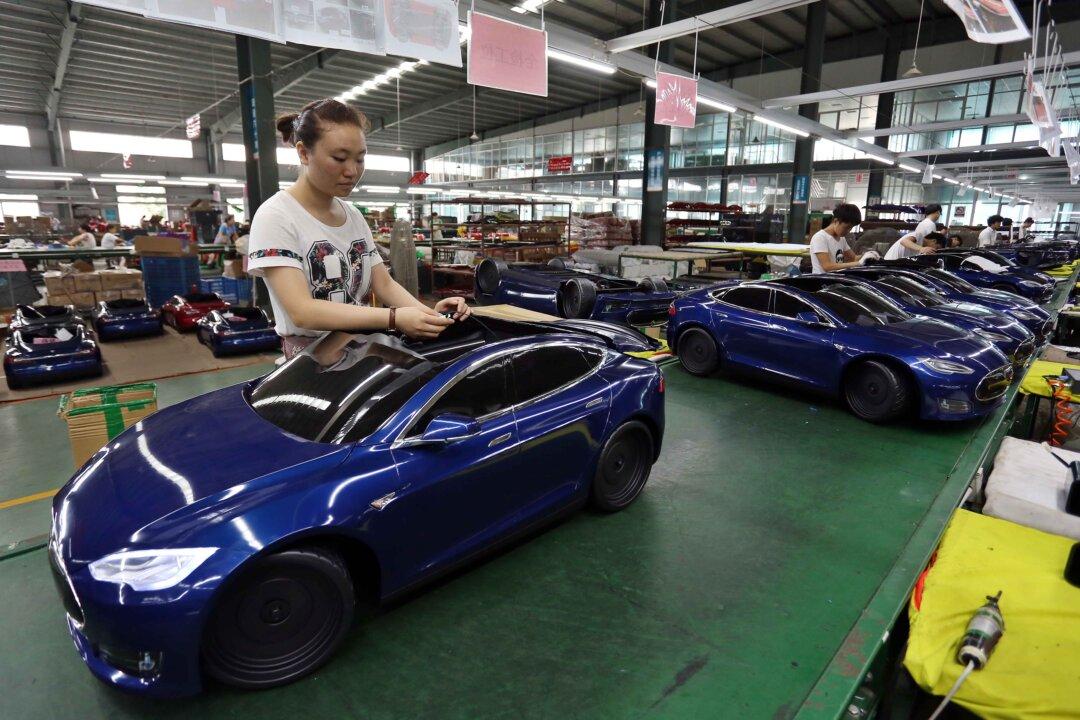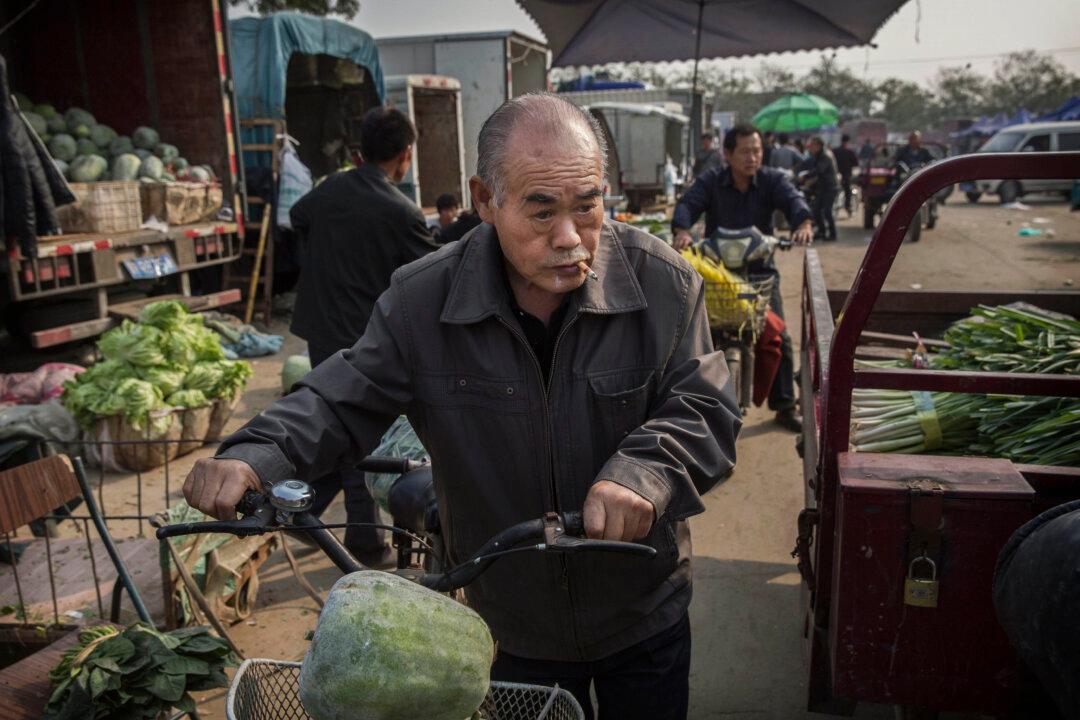Beijing announced formation of a new $30 billion venture capital fund to support ailing state-owned enterprises, but given the political realities that constrain policy and the current saturation of the venture capital market in China, success may take some time.
Established on Aug. 18 by the State Council, the 200 billion yuan ($30 billion) war chest would invest in new technologies that eventually could upgrade infrastructure at China’s aging and woefully inefficient state-owned companies. The fund launches amid data of flat to down investment growth from the private sector.
The fund will be capitalized by China Construction Bank, China Reform Holdings Corporation (CRHC), the Postal Savings Bank of China, and Shenzhen Investment Holdings Co. CRHC will provide initial capital of up to 100 billion yuan.
But aren’t there already established VC funds sponsored by the Chinese government?
Data from Beijing-based consultancy Zero2IPO shows that as of the end of 2015, there were 780 government-backed VC funds across China with roughly $330 billion of combined capital to invest in startup ventures. Nearly 300 funds—with $230 billion of capital—were set up in 2015 alone. It’s part of Chinese Premier Li Keqiang’s mandate of promoting technology and innovation.
The newly announced project is yet another VC fund backed by the Chinese state, but it’s a slightly different animal. Unlike existing funds targeting consumer-focused startups, this one will invest in startup ventures that could increase efficiency at state-owned industrial companies, also known as “zombies.”
For the first half of 2016, China’s portfolio of SOEs saw its biggest losses suffered by industrial firms in the coal, steel, chemicals, oil and gas, and building materials sectors. China National Bureau of Statistics figures show first-half earnings from energy companies declining 162 percent, and earnings from mining firms declining 83 percent year over year.
No Repeat of Temasek
Some analysts have compared China’s latest strategy to uplift its massive SOE portfolio to Singapore’s establishment of Temasek Holdings in 1974.
While Temasek has become one of the world’s most successful sovereign wealth funds, it had humble beginnings. Temasek was created by Singapore to manage and divest the city-state’s equity in its own SOEs. Today, only 11 companies remain out of the 35 SOEs in Temasek’s original portfolio. The rest were either liquidated, divested, or consolidated. Singapore liberalized its economy, by exposing Temasek-owned companies to foreign competition in key sectors and letting the market dictate their fates—up to and including failure.
At a presentation to the World Bank in 2014, the Singapore branch’s John Lim outlined three critical success factors to Temasek’s strategy—separating the government’s roles as owner and regulator, adhering to the highest standards of corporate governance, and focusing on long-term, sustainable value.
While China commits to these tenets in theory, in practice it could never achieve Temasek-like reforms without fundamental changes to its political and economic paradigm. A key roadblock is China’s self-contradictory economic policy, which robs itself of the ability to manage SOE assets on a commercial basis.
Ten years after establishing the State-owned Assets Supervision and Administration Commission to reform China’s SOE sector, only a little more than half of SOEs have corporatized. And of those companies that have been floated, the state still owns the majority of equity stakes either directly or indirectly through its banks or asset managers.
Of course, those are just symptoms of China’s unsustainable model. Many Chinese SOEs are not financially viable; but fearful of political and social backlash, Beijing is unwilling to run these companies commercially, which could require furloughing workers and shuttering or consolidating industries on a massive scale. Instead, Chairman Xi Jinping continues to call for absolute state control of key sectors such as technology and infrastructure.





